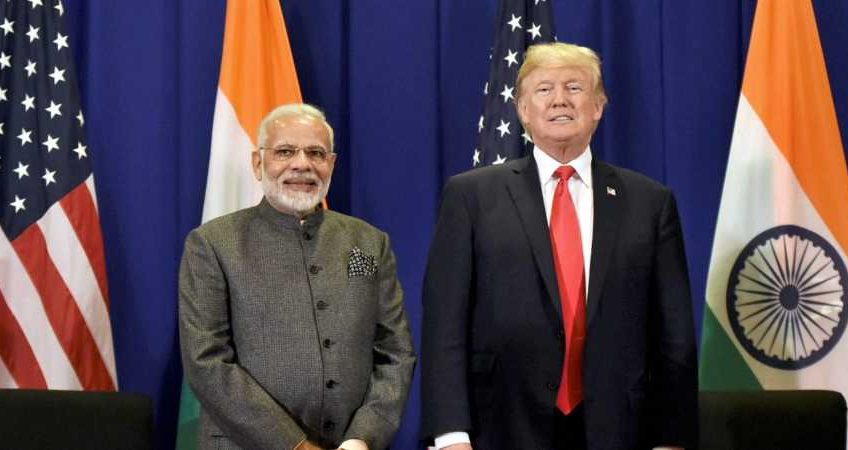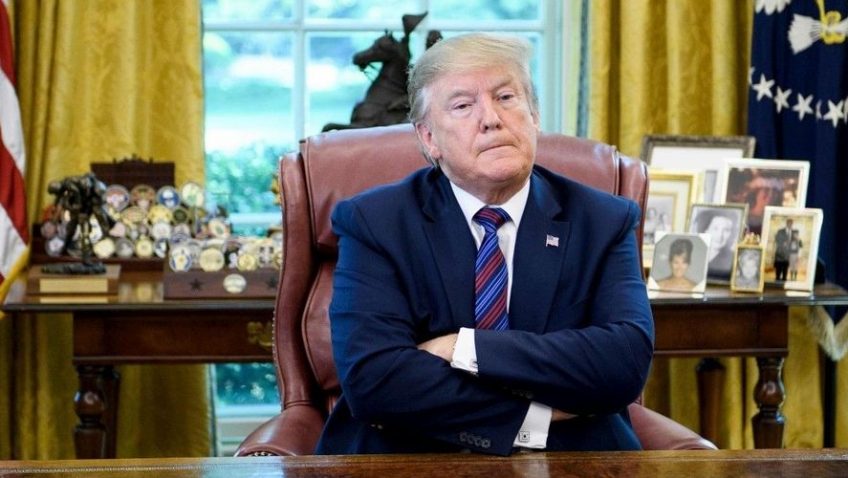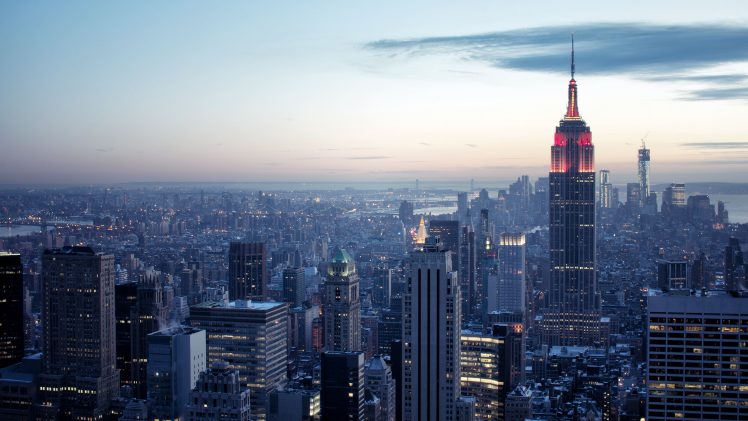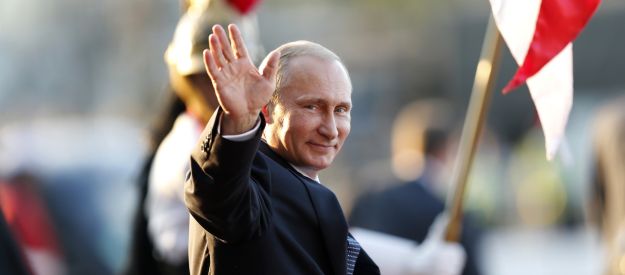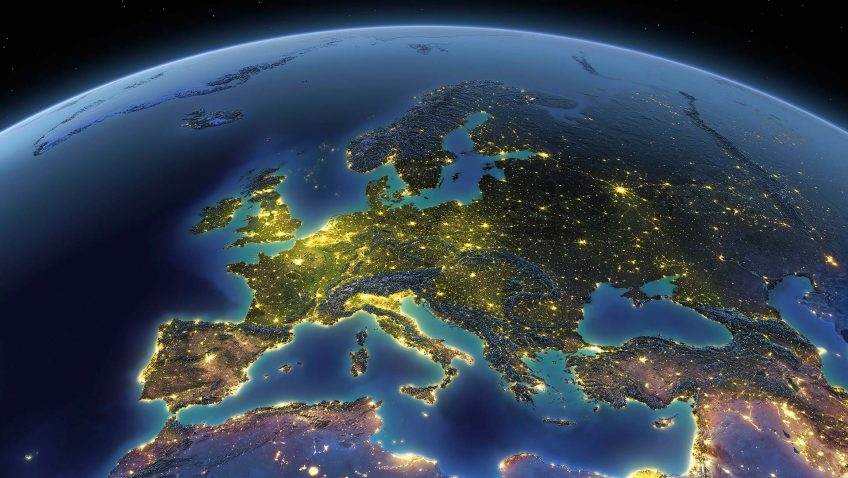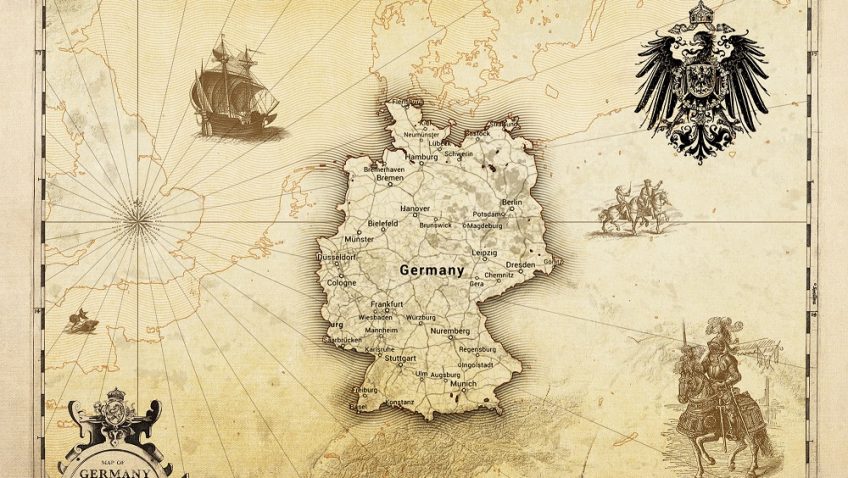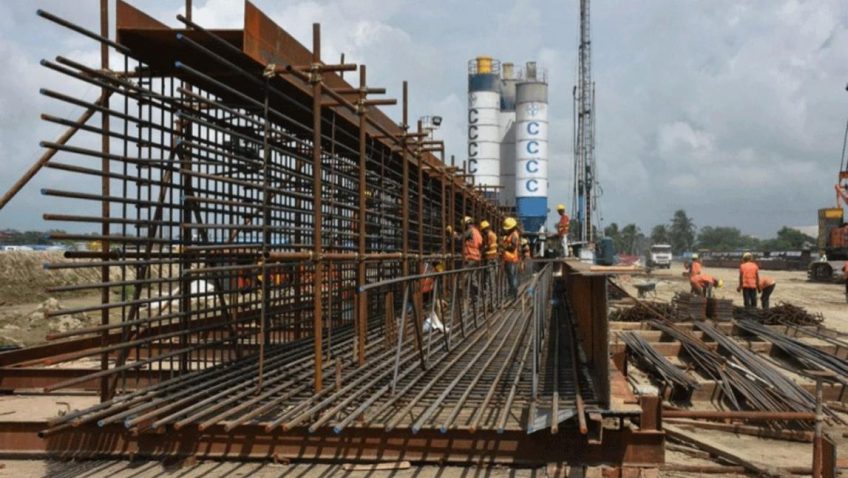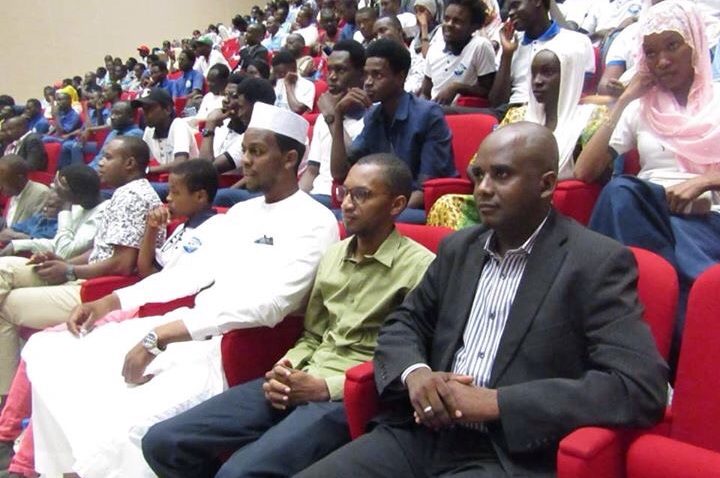America is changing. Europe is no longer the primary origin of immigrants to the United States. America is transforming itself from a majority white country into a country of mixed peoples.
At least, that is what a lot of people on the right like to scream. But, if you look at the history of immigration to the United States, and the history of demographics in the United States, you will find that there is nothing new under the sun.
One of the most obvious examples of this is Hispanics. While there has been a considerable increase of Hispanics since the Immigration Act of 1965, Hispanic-Americans, in particular Mexican-Americans, have a long history in the United States, and have a major influence on the culture of the American West.
Take, for example, the cowboy. While Hollywood may create this idea of the Cowboy as being white man’s country, it couldn’t be farther from the truth. The cowboy is a Mexican invention, and the vast majority of cowboys were Hispanic. Also a quarter of cowboys were black, there were also many women as cowboys, several cowboys were native american, and there may have even been a few Chinese cowboys.
Aside from cowboys, many U.S states have historically been majority Hispanic, notably New Mexico. This stems from the fact that many towns in the American Southwest were part of Mexico prior to the Mexican-American War. Following the treaty of Guadalupe Hidalgo, these Mexicans became American citizens, and thus Hispanics became incorporated into American life, similar to how Puerto Rico became part of the United States following the Spanish-American War.
This brings up another group of demographics: Asians. Since Asia is a vast continent with multiple people groups, I will break it down into 3 regions: East Asians, South Asians, and Filipinos.
First, East Asians. The first Asian people group to immigrate to this country, in particular, Chinese, with smaller amounts of Koreans and Japanese, although there has been a considerable increase of Korean immigration to the United States following the Korean War and the Immigration Act of 1965.
The Chinese were the largest Asian group to immigrate to the United States, and they are still the largest Asian-American group in the United States. Also Chinese first began immigrating to the United States as early as the California Gold Rush, large waves of Chinese immigrants came to the United States after the American Civil War to work on the railroads and mine gold and silver.
This led to a wave of Chinatown’s being propped up all over the United States, mostly in the west, in particular, California; the vast amount of them, like the ones in Newark, NJ, and Butte, MT, no longer exist today. However, one California town, Locke, was settled entirely by Chinese immigrants, although it has become predominantly white since.
Apart from Chinese, Koreans and Japanese have also had a presence in American history, going back to the early 20th century. From Korea and Japan, they sailed to Hawaii, which to this day has a majority Korean and Japanese population, and from there they went to the West Coast, in particular San Francisco and Los Angeles.
Second, South Asians, more specifically, people from the Indian subcontinent. Although they have often been ignored throughout American history, there is a long history of Indians immigrating to the United States, in particular, Sikhs, although Sikhs today make up a small percentage of Indian Americans.
Indians began immigrating to the United States, first coming into Canada, moving from one part of the British empire to another, but racial tensions forced them to move further south into Washington State. There they worked in the lumber mills, but racial tensions culminated in the Bellingham, WA Riots of 1907. After this, the federal government passed legislation eventually resulting in the banning of all immigration from India in 1917. Yet, many Sikhs served in the United States military during the First World War.
Aside from the Pacific Northwest, many Indians settled in the Central Valley of California, notably Yuba City. Even after the banning of immigration from India, many entered the country illegally via the Mexico Border and settled in predominantly Hispanic communities.
Third, Filipinos. While there were very few Filipinos in the United States prior to the 1965 Immigration Act, there were small communities in the United States, notably in Morro Bay, CA, and, especially, Saint Malo, Louisiana, which was an all-Filipino town that was destroyed in 1915 by a Hurricane.
Following the Spanish-American War and subsequent Philippine-American War, many Filipinos worked as migrant laborers in the United States, and began settling in Hawaii. Many Filipinos also served in the United States Navy.
But none has garnered more attention in modern American media than immigrants from Arab countries. Yet the truth is that there has been a long history of Arabs immigrating to the United States.
While the History of Middle Eastern – United States relations goes back to the American Revolutionary War when Morocco became the first neutral country to recognize American Independence, mass immigration didn’t begin to take place until the 1860s, following the Mount Lebanon Civil War, with persecuted Christians fleeing attacks by Muslims from what is now Lebanon, Syria, and Palestine, settling in “Little Syria” neighborhoods such as New York, Boston, Paterson, Toledo, and Detroit, many of these neighborhoods no longer existing, although Detroit remains a center for Arab-American life.
Many Arabs, like all other immigrant groups, immigrated to the American Midwest due to the cheap abundance of unskilled factory labor. Many Arabs also took up peddling and selling goods on the street, cycling across the country peddling. Although Arab Americans have remained largely in incognito, some noted Arab Americans include Ameen Rihani, who while in Little Syria, New York, wrote “The Book of Khalid”.
So, even before 1965, there were many non-European immigrants in the United States. But, has there been any new immigrant groups to the United States since the passage of the Immigration Act of 1965? Well, yes and no.
It is true that before 1965 there were no immigrants from Vietnam, Laos, Cambodia, Somalia, and Afghanistan. However, many of these people when they came to the United States came not as immigrants, but refugees. And after the initial refugee resettlement, there has been very little to no immigration from these countries, except for Vietnam, and there has even been a returnon of people to Somalia, mainly Somaliland, as that is the only region of Somalia that has stability, primarily due to its declaration of independence from Somalia.
Furthermore, if one takes a closer look at the countries mentioned, one will notice a pattern in the countries mentioned: every single one of them has been seen, at one point or another, United States military intervention. Now, this is nothing new to the United States. Countries that have historically had a presence in other regions have immigrants from countries that they have a presence in. If there was a dramatic decrease in intervention by the United States, there would be a dramatic decrease in the number of immigration to the United States.
Now, to answer the question: Will mass immigration from Europe ever return? To answer that question in full, one has to break it down.
First, immigration from Europe never came to an end. There is still plenty of people who immigrate to the United States from Europe, albeit not many people who immigrate are Irish, Germans, Italians, and Norwegians. Most of the people who immigrate from Europe are from Eastern European, like Poles and Ukrainians, and recent economic woes have caused lots of Portuguese and Greeks to immigrate to the United States as well.
Second, one has to ask why immigration to Europe stopped in the first place. There are two reasons: One, a stable welfare system. The European countries have very strong economic mobility, in large part due to their strong welfare states, especially northern Europe. Therefore, there is little reason for leave for the United States, whose lack of welfare and high debt, among other reasons, is making the United States increasingly less and less attractive for immigrants. Two, the creation of the European Single Market has meant that one can just emigrate from European country to another at the lowest risk of disruption. Crossing the Atlantic Ocean to the United States results in far more disruption than emigrating from one country in the European single market to another country in the European single market.
And the third and final reason why European migration to the United States stopped has to do with the main reason of why immigration occurs: Mass immigration does not occur as a result of poverty, but rather, socio-political disruption, such as what occurred in Italy following the Italian unification effort, resulting in the mass emigration of Italians to the United States. The rebuilding of Europe following the Second World War resulted in Europe entering “The Long Peace.” As a result of the long peace, Europe no longer suffered major social political disruption, with the noted exception of both the Revolutions of 1989 and the Yugoslav Wars.
However, the calls for European-like healthcare grow stronger with the United States, and the rise of populist parties in Europe means Europe is on the verge of severe socio-political disruption. Which countries in Europe are about to see severe socio-political disruption? While the level in sociopolitical disruption vary, the ones that will cause mass exoduses are Germany and Italy, and I would not be surprised if they immigrated from the regions that they immigrated from during the late 19th century and early 20th century (i.e Southern Italy and Sicily)
So, while people like to claim that America is browning, the simple truth of the matter is that these people were in America all along.

